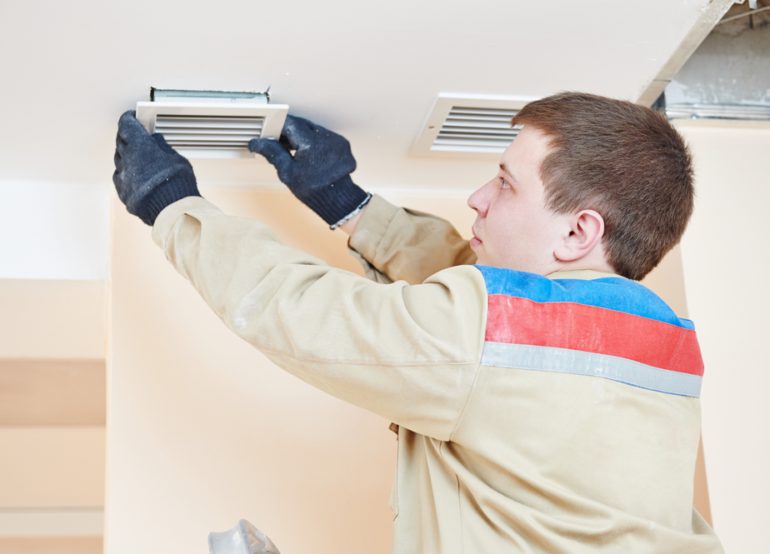When it comes to your home, there can be a wide variety of reasons you may need to find ways to ventilate. Perhaps you’ve a project involving pungent and potentially dangerous fumes, you are having difficulty with a room without windows, or even just stale air. The first, and the obvious answer, is to simply open more windows in the target area or room in your home, but sometimes, just opening windows isn’t enough, or isn’t an option.
Doors
When designing or altering your home for better ventilation, the next thing to consider is leaving the room or area without a door, just an open entrance. This will be one of the most impactful options for better ventilation, but it is not always a desired option. Some rooms need to be closed off due to noise or to protect its contents, and so removing the door may not be an option.
Closing other doors in that area that don’t lead anywhere, for example- closets and pantries- are also effective in keeping the air moving out open doors rather than staying trapped.
Fans
Fans are the next best bet if you can’t keep doors and windows open. Box fans are inexpensive and powerful, and a favorite of professional painters and home improvement specialists. They are portable and effective, and especially when set up in doorways, they help push out work fumes or stale air, and they can be removed or replaced anytime that is necessary.
If you’re looking for a longer-term, passive solution, get a ceiling fan instead. Keeping your ceiling fan on at a medium-high setting helps keep air circulating and prevents stagnant air, and they aren’t as noisy as a box fan. Any kind of fan is helpful in situations where you have a room or area with ventilation problems, even desk fans. Turning on your central air, if you have it, is also a great way to help get stale air moving.
Outside Venting
For particularly troublesome areas, such as a poorly ventilated laundry room or windowless bathroom, it may be necessary to install a vent fan through an outside wall in your home. Some building codes even require this for all dryers even. You can use flexible vent tubing or hooded vent fans to eject air outside the home. In areas like these, not only will it prevent some of the stagnant air, but it can also reduce mold, mildew, and other damage related to humidity, which can also improve general health.
To learn more about ventilation or heating and air condition services, visit our website today!



